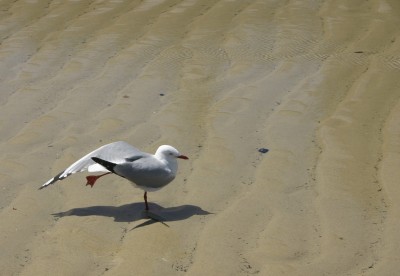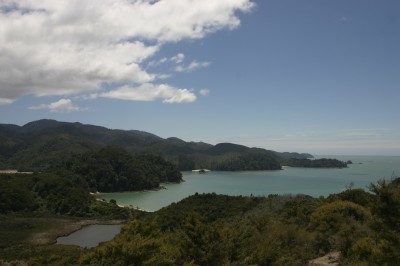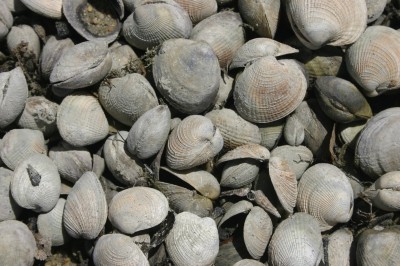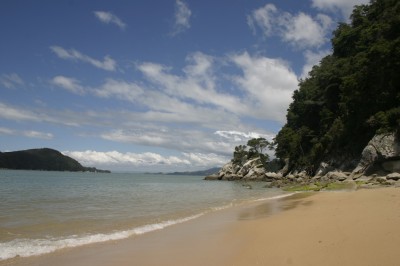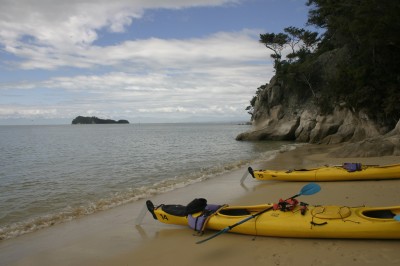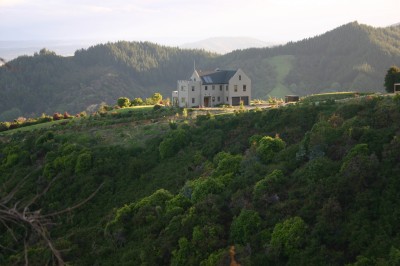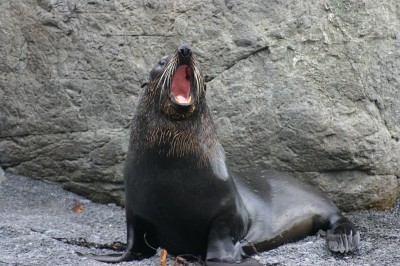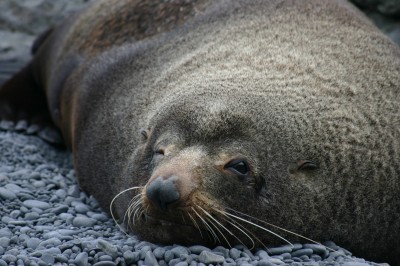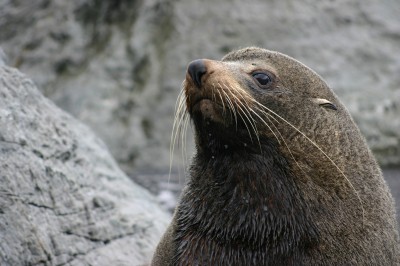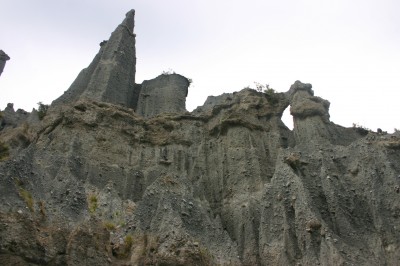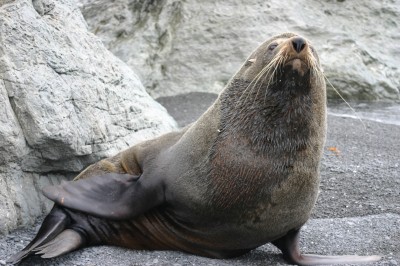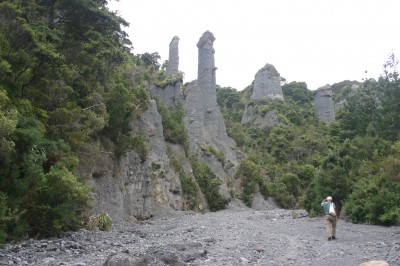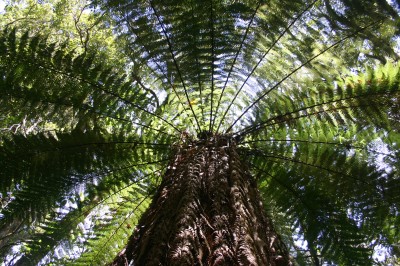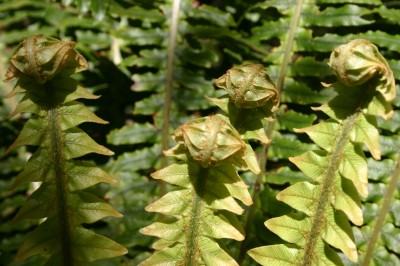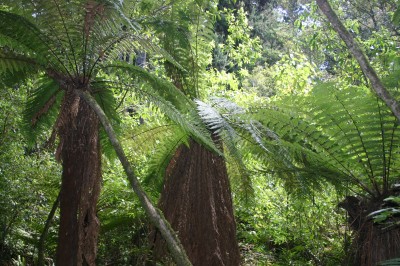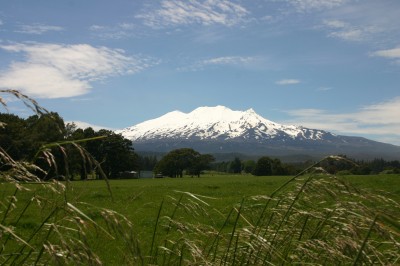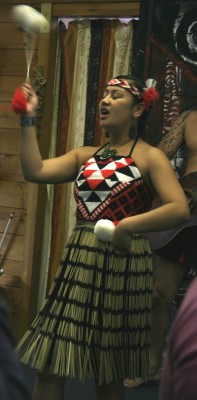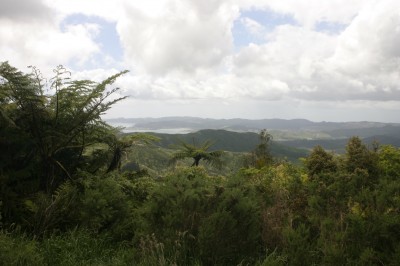I think I have died and gone to heaven. To be more specific, I am now in Abel Tasman National Park on the northern part of South Island – and what a place!
I have spent the past two days on, in and near pristine, clear, turquoise-green water the likes of which I have only previously seen in tourist brochures touting expensive hideaways for the select few. The park has lots of little Robinson Crusoe beaches where the waves are perfect, the surf soothing, and the land is covered with lush green forests. Superlatives come to mind much too easily but without them it is hard to describe this place fully. Let’s just say I have spent one of the best couple of days so far on this trip.
Yesterday I paddled in a sea kayak for a few hours, passing islands, bays and beaches. It was lovely to sit out on the water bobbing on the waves and feeling the rhythm of the sea. After lunch on the beach I walked for a couple of hours along the coastline on a path which led me through the forest and opened onto spectacular views of the ocean and the forested bays.
I swam in the crystal clear water, let the waves buffet me and continued my walk. It led me over low tide areas where tiny crabs scampered away as I approached and where the different colours of sand were swirled in beautiful patterns by the water. The tide was not completely out, so I doffed my sandals and waded through the cooling waters barefoot. After another swim at the last cove on my route I took a water taxi back to the starting point. The speedboat-like boat literally flew over the waves and landed with huge splashes during the half hour trip.
Today was more of the same: lolling on the beach, listening to the surf, collecting seashells and watching birds.
First white man
Abel Tasman was a Dutchman who was actually the first European person to arrive down here in 1642 (Cook was the first to set foot on New Zealand – Tasman never made it that far). Apparently, the local Maoris greeted Abel Tasman with their traditional eye-bulging, tongue-protruding, conch-playing performance. Tasman answered in kind by playing a tune on the bugle, not knowing that by responding with music he had declared war.
The Maoris paddled out to him in their huge and impressive war canoes. Abel Tasman shot at them with his cannons, killing one Maori. That was the white man’s debut in New Zealand. Typical. Despite that, many things in the area are named after him, including the Abel Tasman National Park in New Zealand, the Australian island of Tasmania, the Tasmanian Sea, the Tasmanian Devil and so on. The park was officially opened exactly three hundred years to the date after his arrival by the Dutch queen.
The particular Bed & Breakfast we are staying at deserves a mention, too. It is like a mini Scottish castle nestled high up in the hills. The view from the bedroom window over the forests and the sea is astounding, as is the night sky with its many constellations – none of which are familiar to me. I can see Jupiter shining brightly in the total silence of the night and in the morning I wake to the sounds of birds twittering in a spring chorus. What a place! What a life!

